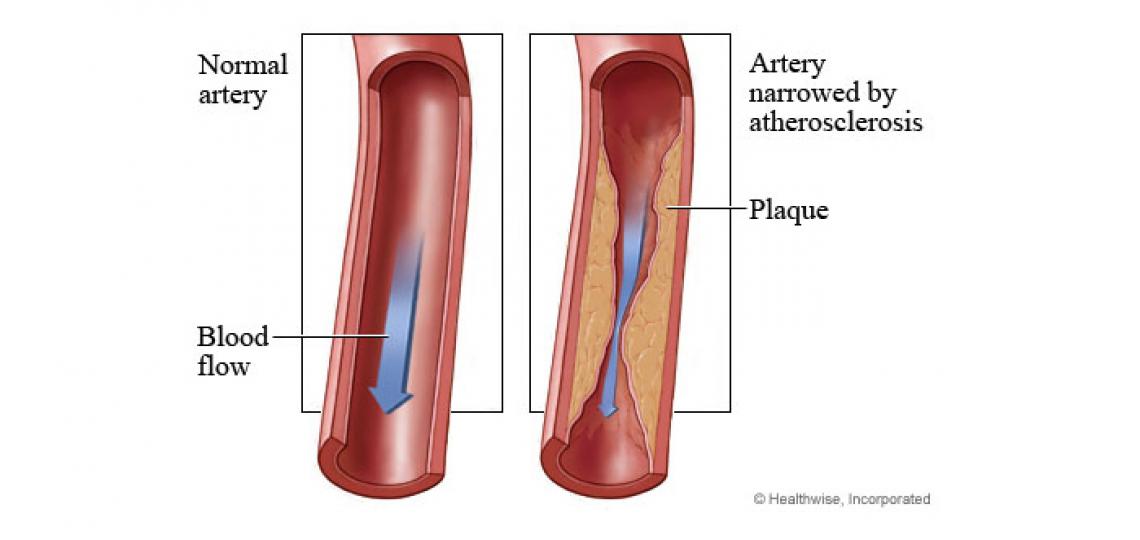What Is Peripheral Artery Disease?
Lower extremity peripheral artery disease is a condition that develops when the arteries in the legs and feet become narrowed, or occluded, by an accumulation of a fatty substance called plaque, which builds up on the inside walls of the arteries. This narrowing is also called stenosis. As the arteries narrow, blood supply to the muscles and tissues in the legs and feet decreases, causing pain, poor healing, and in severe cases tissue death. Lower extremity artery disease is one manifestation of atherosclerosis, the hardening and narrowing of the arteries due to plaque build-up. Atherosclerosis affects as many as 35 percent of Americans. People with lower extremity artery disease often have other cardiovascular problems causes by atherosclerosis such as carotid artery disease and heart disease.
Dr. Gilani explains peripheral artery disease.
What Are the Risk Factors and Symptoms for Peripheral Artery Disease?
Risk factors for lower extremity artery disease include smoking, which is the most common risk factor for all cardiovascular diseases. Other risk factors include a family history of atherosclerosis, high blood pressure, diabetes, abnormal cholesterol levels, advanced age, and a sedentary lifestyle.
The symptoms of lower extremity artery disease include:
- Claudication, cramping pains while walking, usually in the calf muscles but sometimes in the thighs. Claudication is the most common symptom of this condition.
- Pain in the feet and, as the disease progresses, in the toes while at rest.
- Coolness, numbness, or weakness of the legs and feet.
- Poor healing of wounds in the legs and feet.
- Ulcers of the feet and legs, which develop when the blood supply to tissue is cut off, and which can become gangrenous if untreated.
- Black discoloration of the toes or skin around the occluded artery.
To determine the severity of blood flow impairment to the leg, doctors compare the blood pressure in the ankle to that in arm using a test called the ankle brachial index (ABI).
Doctors may also use imaging tests such as angiography or magnetic resonance imaging (MRI) to determine the location and the extent of the arterial stenosis in the legs.
What Are the Treatments for Peripheral Artery Disease?
Patients whose symptoms are mild to moderate can often manage their disease by making lifestyle changes such as quitting smoking, getting regular exercise – which can be a tremendous help in relieving symptoms – and working with their doctors to take care of related conditions such as diabetes, high blood pressure, and high cholesterol. Doctors may also prescribe blood-thinning drugs or other medications.
Doctors often use minimally invasive procedures such as balloon angioplasty and stenting to relieve the narrowing and improve blood supply to the extremities. These techniques work best when the diseased portion of the artery is relatively small, and when it is easily accessible with a catheter, a very thin tube tipped with surgical equipment that can be inserted into and threaded through a blood vessel. Angioplasty and stenting are often initially very effective in relieving the blockage, but in 30 to 40 percent of patients, the blockage comes back within the first year or two. This re-blocking of the artery is called "restenosis."








 Credit
Credit
